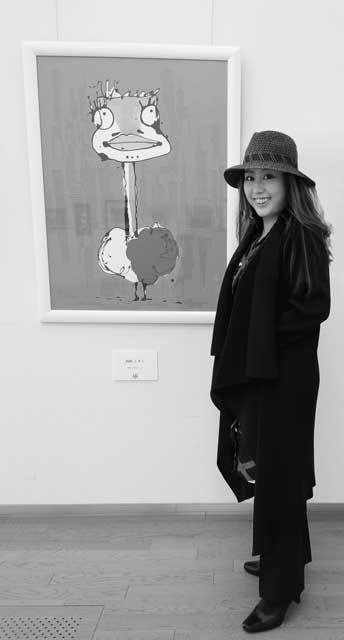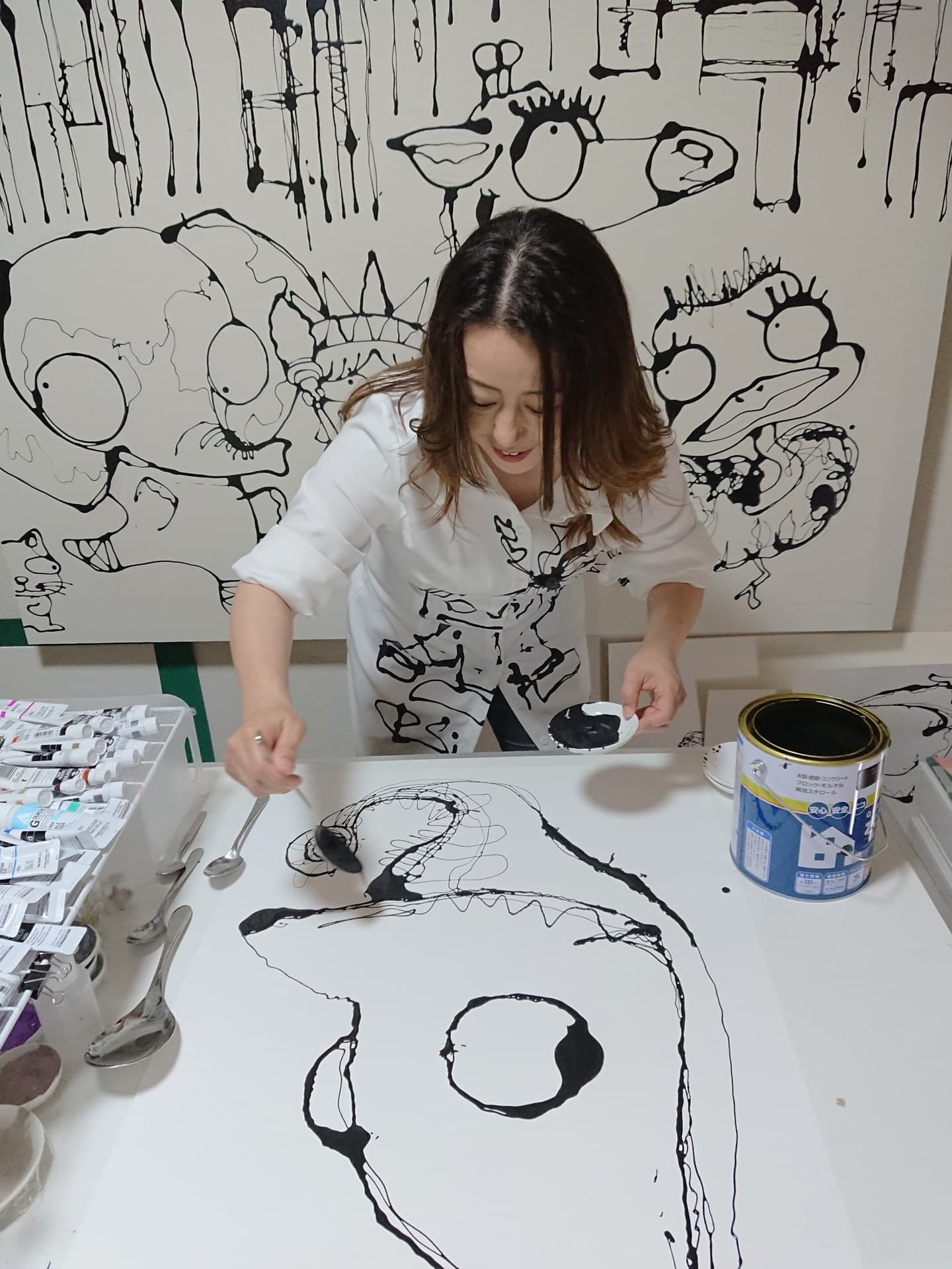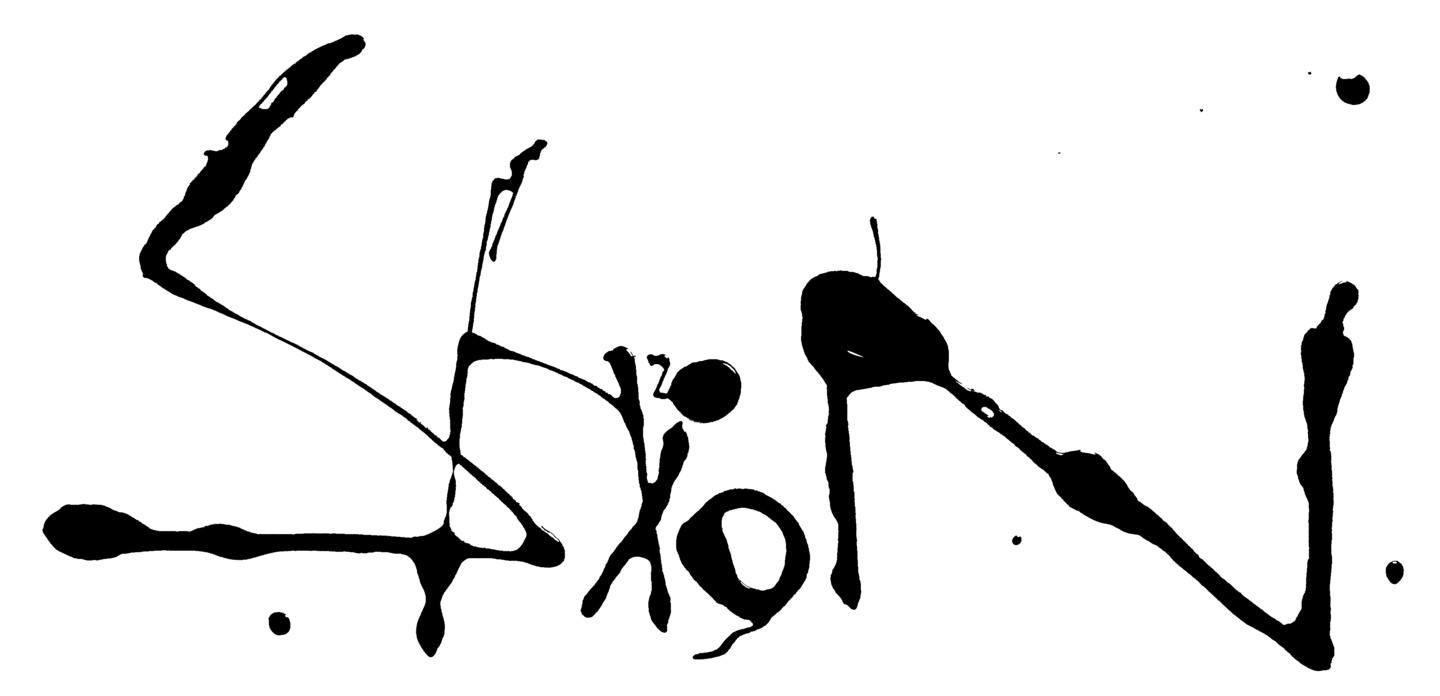
”生きた線” 自分だけの表現を求めて
2021年日本テレビ「誰も知らない明石家さんま」さんま画商プロジェクトで抜擢。
ペンキをスプーンで垂らしながら描く、心にダイレクトに響く子供のような無邪気な絵が特徴。
生きた線を描きたい。そんな欲求から長年様々な手法を試した結果、現在のスタイルにいきつく。大切なのは線の美しさや躍動感、”生きた線”へのこだわり。
地球環境の変化から、絶滅に赤信号を灯した動物達があまりに多いことを危惧しながらも、懸命に生きる動物達にエールを送る意味からモチーフにすることが多い。
“線”のエッセンスが、生き物たちをより魅力的に明るく滑稽な姿になるよう心掛けている。何故かおどけたフォルムに表現されるのは、動物に寄り添うことで独特の愛着を感じるからかもしれない。
”Lively Lines” Aiming for an expression that only I can do
She was discovered in the project "Art Dealer Sanma Project 3" of Nippon Television's program [Sanma Akashiya that Nobody Knows],
She drew attention for her technique of painting while dripping paint with a spoon.
She says, ”When I started drawing with disposable chopsticks and spoons, I felt like I had returned to my childhood. I want to create a work that appeals to the heart with such a simple expression.”
Draw with Lively Lines
This desire led her to her current style after many years of experimenting with various techniques. The important thing is to stick to the beauty and dynamism of the lines.
While she is concerned about the large number of animals that have been marked for extinction due to changes in the global environment, she often uses motifs to encourage the animals that are struggling to survive.
She tries to make the creatures look more attractive, bright and funny with the essence of "line". The reason why her works are expressed in a funny form may be because she feels a unique attachment to the animals when she is close to them.

筆で描く線の表現と決定的に違うポイントで、そこに現れるラインは、柔らかく丸みを帯び、少し盛り上がっています。偶然性を求めるのではなく、ペンキの流れを操り意図した線により全体を構成させています。
彩色は主にアクリルガッシュです。できるだけ陰影をつけずムラなく塗ることで作品が平面的になり、目から入る情報量を少なくし、ダイレクトに全体像を捉えられるように仕上げています。
アクションペインティングは抽象画と捉えられる場合が多いですが、あえてその特徴を活かした具象表現をすることを求めました。
主に動物を描いていますが、その生態、環境、性格、色、形などをできるだけ詳しく調べ、その個体に一番適したコンポジションに注力します。動物園に行って間近で観察できた時は、そのエッセンスを感じたままに描くことにしていますが、何故かおどけたフォルムが現れます。
デフォルメには積極的に取り組み、印象的な残像が残りやすくするための工夫をしています。それが実物と違っていても作品に悪影響を及ぼすことはないと信じています。
これからは動物と環境破壊、絶滅危惧種への保護アピールとなるよう、生物を救うことができる人類の良心に訴える作風を追求していきたい。
The black outline that composes the work is trajectory of action painting that drips paint from a spoon. It was first used by American art critic
Harold Rosenberg in 1952.
It is a point that is decisively different from the expression of lines drawn with a brush, and the lines that appear there are soft and rounded and slightly raised. Rather than seeking for chance, I manipulate the flow of paint to compose the whole with intentional lines.
The coloring is mainly acrylic gouache. By applying as little shading as possible and evenly painting, the work becomes flat and the amount of information perceivable by the eye is reduced. And it is finished so that the whole picture can be captured directly.
Action paintings are often thought of as abstract paintings, but I dared to explore representational paintings by taking advantage of their characteristics.
I mainly draw animals, but I research their ecology, environment, personality, colors, shapes, etc. in as much detail as possible.
Then, I focus on the composition that is most suitable for that individual.
When I go to a zoo and observe it up close, I try to draw as I feel the essence of it. But for some reason, a playful form appears.
I am actively working on deformation and trying to make it easier to leave an impressive afterimage. I believe that even if it is different from the real thing, it will not have a bad effect on the work.
From now on, I would like to continue to pursue a style that appeals to the conscience of mankind that can save living things, so that I can appeal for the animals and environmental destruction, and protection of endangered species.
